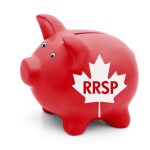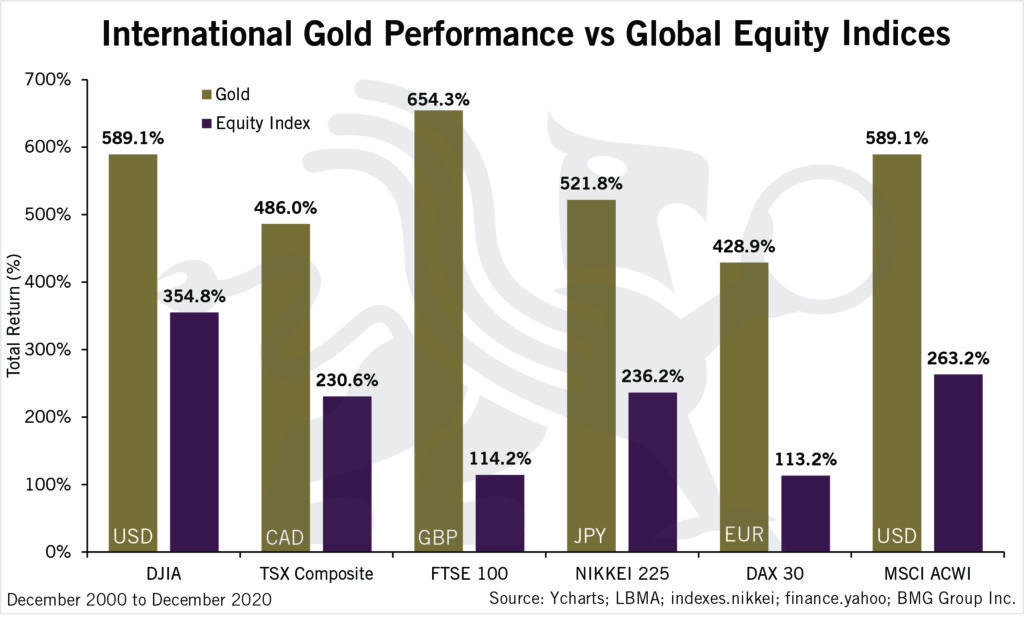Special to the Financial Independence
The “good” dividends of financially strong companies provide a reliable income and increase the odds for an ever-rising share price.
There are 14,982 corporations in North America with common shares for purchase. For a strong, diversified portfolio you need only find 20 corporations whose shares come closest to matching the following “ideal criteria.”
(1) A stock price greater than $100
(2) A stock price that was greater than $100 four years ago
(3) A stock price that is now 99.50% greater than it was 4 years ago
(4) A stock with a book value greater than $100
(5) A current stock price greater than 49.5% of the book value
(6) Five or more analysts rating the stock a “buy”
(7) Five or more analysts rating the stock a “strong buy”
(8) A dividend yield percent between 7.50% and 10.49%.
(9) An operating margin greater than 79.50%
(10) An average daily volume of shares traded greater than 2,000,000
(11) A stock’s price-to-earnings ratio between 0.1x to 5.49x
In 20 years of reviewing thousands of stocks I have never found a stock that met all eleven criteria. Therefore, since the ideal stock does not exist it means you must sort through those 14,982 stocks to find those 20 that come closest to matching the 11 criteria.
To help identify the best dividend stocks, I score stocks using the above 11 criteria (my background was in commercial risk systems with Dun & Bradstreet, Equifax, etc). When the 11 scores are added they have the potential to reach a total of 100. After scoring thousands of stocks the highest score I have ever calculated is 78; the lowest score is 8. I avoid buying stocks scoring under 50.
Why dividends are important in Value investing
The best portfolio candidates emerge when you sort, by descending score, all 628 U.S. common stocks traded on the NYSE and the NASDAQ paying a dividend of 6 % or greater and all 199 Canadian common stocks paying a dividend of 3.5% or greater on the TSX. A scoring system objectively, mathematically applies a derived number to a stock. This number identifies those dividend stocks that will provide the most reliable, generous dividend income with the potential for substantial future share price gain. Continue Reading…









